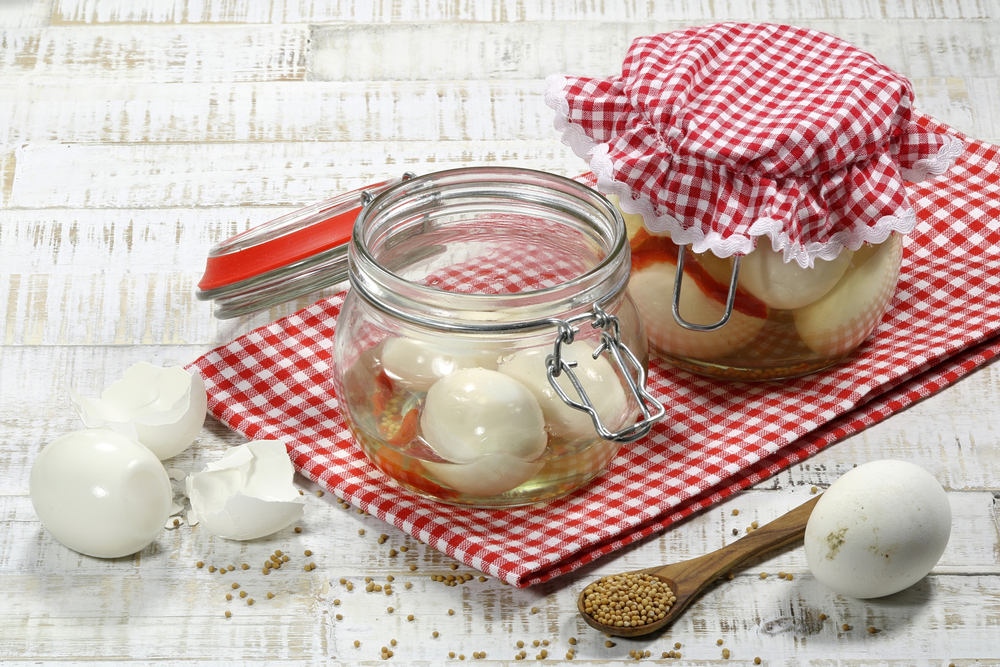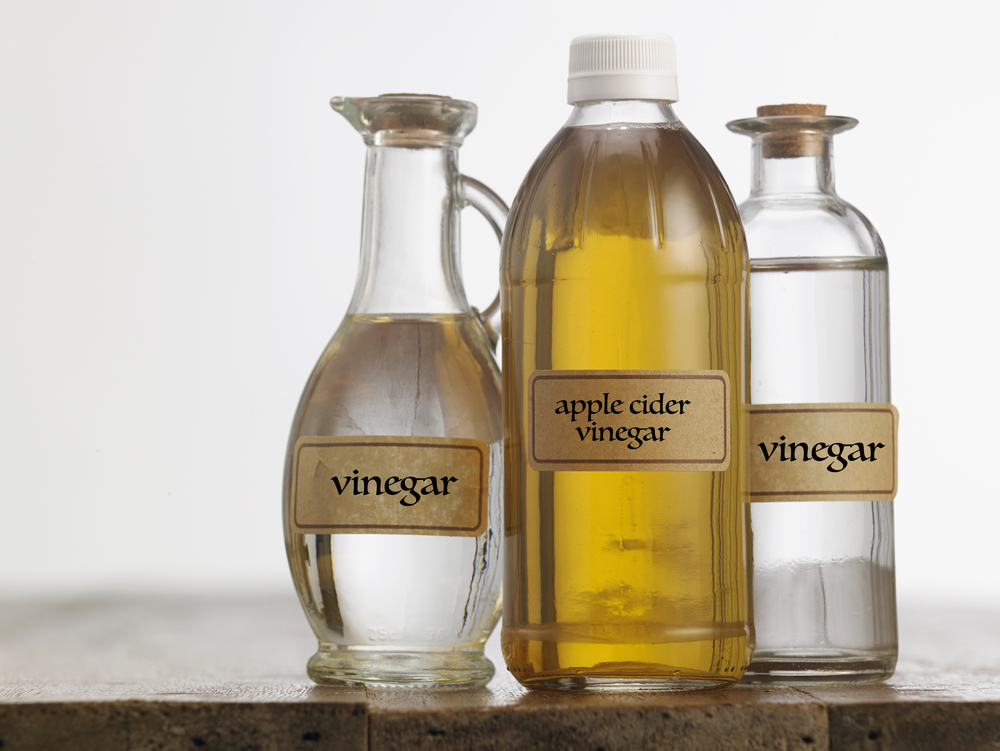The process of pickling uses a brine and vinegar solution to preserve foods and impart flavors. Eggs have been being preserved this way for thousands of years. Pickled eggs were most likely introduced to the New World by British and German immigrants in the mid-1700s. Many of the early recipes came from the Pennsylvania Dutch who preferred pickled red beet eggs. Originally this preparation was so that the eggs could be preserved and eaten up to several months later. Later, during the 1800s, pickled eggs became a popular bar snack served in saloons. One of the earliest recipes for pickled eggs in the United States was published in 1839 in The Kentucky Housewife by Lettice Bryan. Over the years, recipes have evolved regionally according to taste, with flavors such as sweet and sour, dark and spicy, cidered, dilled, and pineapple pickled eggs.
Recipe Servings: 12
+ 3 hours resting
Ingredients
Directions
- Place the eggs in a large pot and add water until they are cover with about 1 inch of water above them.
- Bring to a boil over medium-high heat, then cover, remove from the heat, and let them rest in the water for 8–10 minutes.
- Drain the warm water and then cover them in cold water to help them cool before peeling.
- Peel the eggs and place them in a 1½ quart or half gallon canning jar.
- Combine the vinegar, water, salt, and pickling spice in a saucepan and bring it to a boil.
- Reduce the heat and simmer for 5 minutes.
- Remove the mixture from the heat and let it cool slightly before pouring it into the jar with the eggs.
- Place the lid on the jar and let it rest for at least 60 minutes before storing it in the refrigerator.
- Wait at least three days before eating the eggs. The longer the eggs are in the brine, the stronger the taste.
Recipe introduction and directions © Copyright 2016-2025 World Trade Press. All rights reserved.


